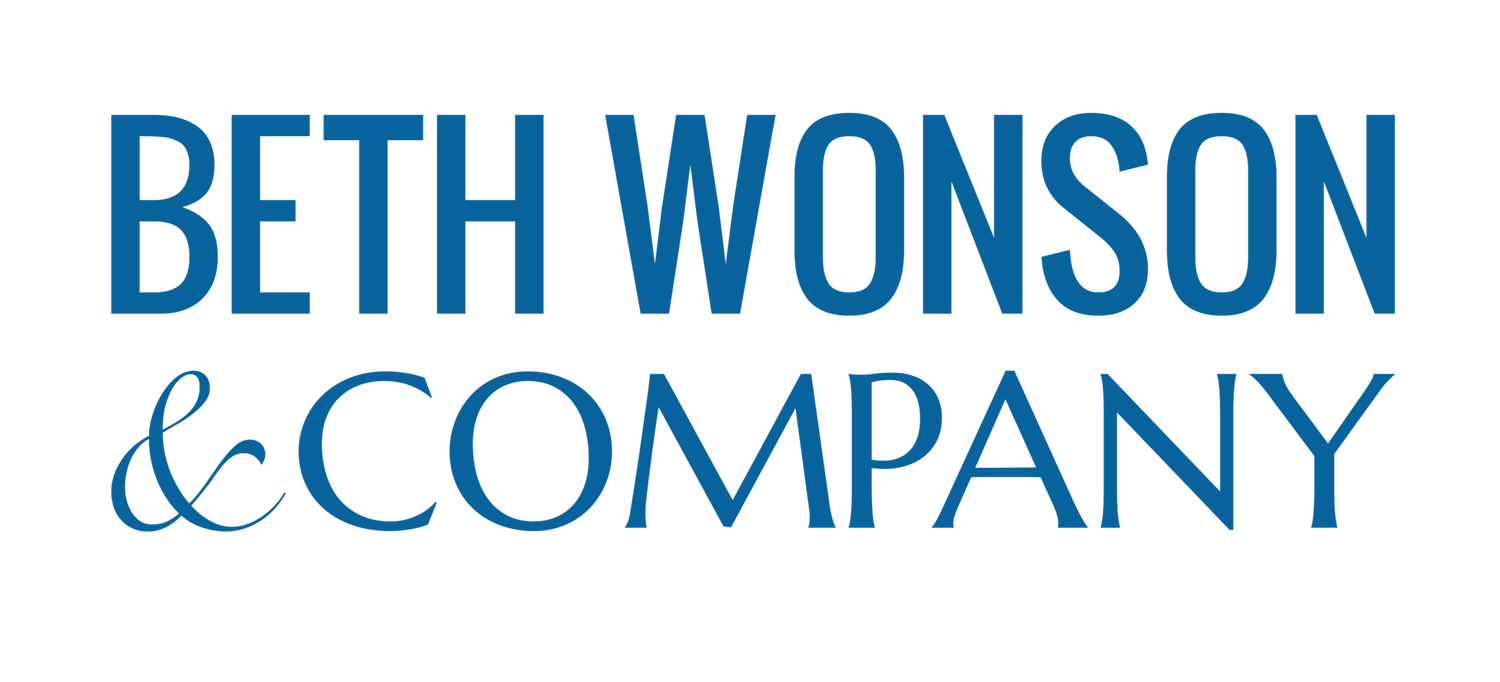Frustrated by Broken Expectations?
“I wish my staff would come to work in a way that shows professional conduct.”
This was something a client said to me recently. When I asked the client to explain what professional conduct actually looked like in the workplace, the client said:
“Well, you know, dress professionally.”
But I didn’t know. I didn’t understand that his concern was around what people wore to work. And most likely neither did anyone else in his workplace.
When you speak in generalities and use terms like “professional conduct,” you aren’t being clear about what you are expecting and why. The lack of clarity makes it nearly impossible for the people who are trying to fulfill your expectations to do so.
And when you do clarify, if you aren’t open to dialogue and feedback about these kinds of subjective expectations, you are likely to be met with backlash and lose an opportunity to learn and expand your own lens on the world.
Some Examples
When I worked at a florist and greenhouse, professional attire meant we at least started the day in a clean shirt and jeans. We knew that working with soil and plants all day meant we were likely not to end the day as clean as we began.
When I was a server in a busy seafood restaurant (in the late 1980s) we wore uniforms, with polished white shoes. Our aprons had to be clean and ironed, and our hair had to be pulled back. This was to appear hygienic and aligned with food service standards.
When I worked at a Native American organization, I once suggested everyone wear polo shirts with our logo on them. What I came to learn was that mandated uniforms are associated with the Indian boarding school movement which focused on eliminating Native culture and tradition. I learned so much in that conversation. Our policy remained as it was.
Today at my company, we’ve decided together that wearing a company-supplied top with our logo, together with business casual bottoms, is convenient, professional, and helps the client recognize and acknowledge who we are.
Navigating Challenging Dialogue® Mantra, “You can only see the world through your own lens.”
Applying this mantra, my client was able to see that he must decode and clarify his expectations for others. And he also must be open to dialogue around his expectations to understand how members of the staff view professional and appropriate dress..
As we continued our dialogue, it was clear that the client had a fully formed understanding of how he expected people to dress in the workplace, yet he kept that idea in his head and continued to be frustrated when others didn’t meet his expectations.
His homework was to spend some time clarifying what he perceived was a reasonable expectation for how staff would present professionally through their attire and appearance.
He brought his list to our next meeting and we explored what he had created through a myriad of lenses including: gender neutrality, socioeconomic differences, and his own value system. We considered, if he was imposing this onto his employees, where did respect for diversity and culture come into consideration? Many more questions arose as we discussed his perspective.
He began to see how his initial statement, “I wish my staff would come to work in a way that shows professional conduct,” had many layers that he had not considered and reflected only his own lens on the world.
Your Turn
What expectations do you hold that you don’t verbalize, but are frustrated by when people don’t meet them? Take these steps to explore them further:
Write a few sentences about a specific situation where you perceive your expectations aren’t being met.
Reflect on what you wrote and look for generalizations or areas where you aren’t being clear or transparent.
Now rewrite the sentences, but this time be as clear and specific as you possibly can. Include examples, descriptions, and definitions of what you mean. Drill down as much as you can.
Ask yourself to look through a lens that is broader than the one you typically look through. This may include: Gender, Socioeconomic differences, Values System, Diversity, Culture, Accessibility, Equity, Regulations and Rules that govern your industry, and anything else specific to your workplace culture and people.
Invite others to the table to give feedback and share their perspective and help you see what may be hidden to you.
Come to agreement and alignment on expectations or norms that everyone can fully understand and then make choices around if they choose to align with, make alternative suggestions, or make alternative plans for their future.
We’re at a time in our history when it is essential for leaders to broaden their perspective, seek understanding, and to learn and grow in the process. The NCD mantra, “You can only see the world through your own lens,” reminds us of this.
In order for businesses and organizations to thrive and sustain, there must be transparency and dialogue around expectations. No one person holds all the answers.
Inviting dialogue can be uncomfortable and scary. If you’d like help with the process of inviting dialogue and increasing alignment, reach out. We can help you.
Have a Question? Let’s Talk Today
You may be facing a challenge or weighing an action and aren’t sure where to start, or what a solution even looks like. Contact Beth today! It’s 100% confidential so you can freely discuss the challenges you’re facing and unlock a path forward. Or Get Started with our resources library and books.
